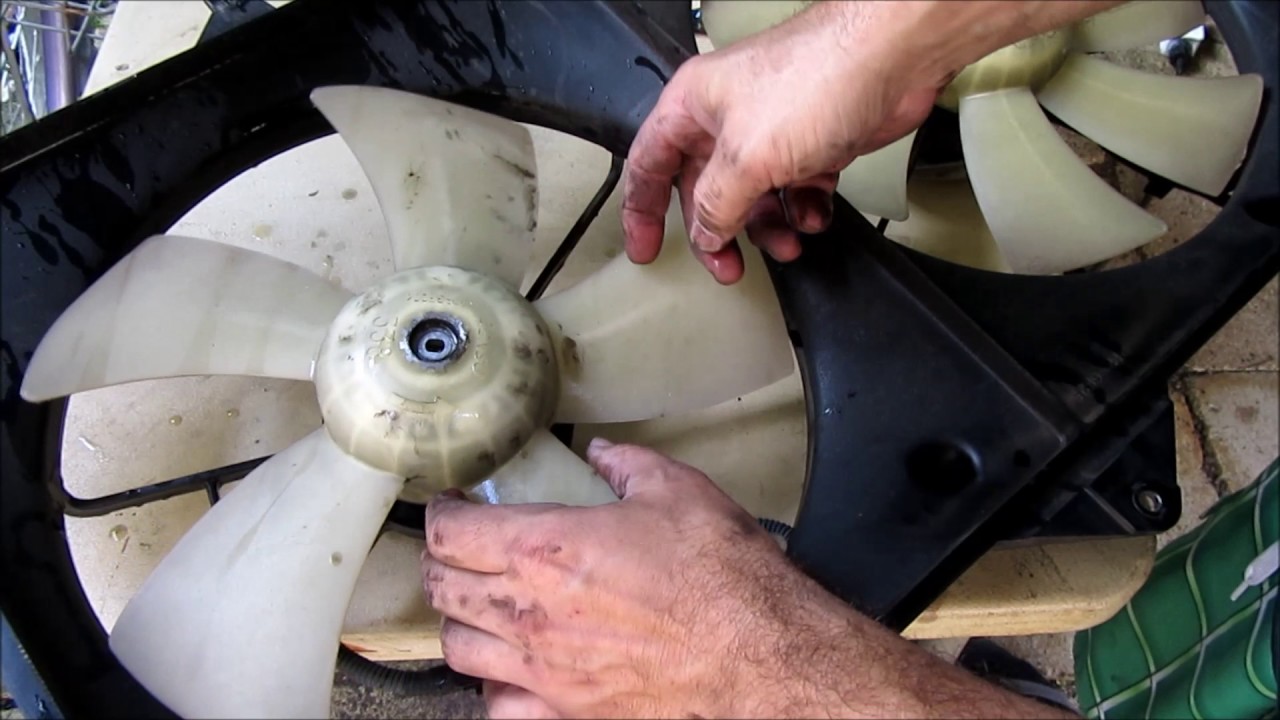

Articles
How To Fix A Radiator Fan
Modified: April 22, 2024
Discover effective solutions and step-by-step tips in our informative articles on how to fix a radiator fan.
(Many of the links in this article redirect to a specific reviewed product. Your purchase of these products through affiliate links helps to generate commission for Storables.com, at no extra cost. Learn more)
Introduction
The radiator fan plays an essential role in keeping your car’s engine cool and preventing overheating. It helps to regulate the temperature of the engine by drawing air through the radiator to dissipate heat. However, like any other component in your vehicle, the radiator fan can encounter issues over time. From motor failures to electrical problems, these issues can lead to engine overheating and potential damage.
If you’re experiencing problems with your radiator fan, don’t worry! In this article, we’ll provide you with a comprehensive guide on how to fix a radiator fan. We’ll walk you through the process step-by-step, explaining common problems, tools, and materials needed, and safety precautions to take. By the end, you’ll have the knowledge and confidence to tackle this repair job on your own.
Before we delve into the troubleshooting and repair process, it’s important to have a basic understanding of how the radiator fan works. The fan is typically electric-powered and directly mounted on the radiator. It’s controlled by sensors that monitor the engine’s temperature. When the temperature rises above a certain threshold, the sensors trigger the fan to turn on and start cooling the engine.
There are two types of radiator fans: mechanical and electric. Mechanical fans are typically driven by a fan belt connected to the engine’s crankshaft. Electric fans, on the other hand, are powered by an electric motor and controlled by relays and fuses. Electric fans are more commonly used in modern vehicles due to their efficiency and controllable speed.
Now that you have a basic understanding of the radiator fan’s function, let’s explore the common problems that can occur and how to diagnose them. Remember, if you’re unsure about any step or if you’re not confident in your abilities, it’s always best to seek professional help.
Key Takeaways:
- Understanding the function and common problems of radiator fans, along with the step-by-step troubleshooting and repair process, empowers car owners to address issues and maintain optimal engine cooling.
- Prioritizing safety, gathering the right tools and materials, and following systematic testing and replacement procedures are essential for successfully fixing a radiator fan and ensuring continued vehicle performance.
Read more: How To Test Radiator Fan
Understanding the Radiator Fan
To effectively troubleshoot and fix any issues with your radiator fan, it’s important to have a clear understanding of how it functions and the role it plays in keeping your engine cool. As mentioned earlier, the radiator fan is responsible for drawing air through the radiator to dissipate heat generated by the engine.
As your car moves, the engine generates heat due to the combustion process. If this heat is not properly managed and dissipated, it can lead to overheating and potential engine damage. The radiator fan helps to regulate the engine’s temperature by pulling air from outside the vehicle and directing it through the radiator, where the heated coolant passes. The air then cools the coolant, and the process continues, maintaining the optimal operating temperature for the engine.
There are two main types of radiator fans: mechanical and electric. Mechanical fans are typically found in older vehicles and are driven by a fan belt connected to the engine’s crankshaft. When the engine is running, the fan spins continuously to provide constant airflow. While mechanical fans are simple in design and require minimal maintenance, they can be less efficient and consume additional engine power.
Electric fans, on the other hand, are more commonly used in modern vehicles. These fans are driven by an electric motor, which allows for greater control of the fan speed based on the engine’s cooling needs. Electric fans are typically triggered to turn on when the engine reaches a certain temperature threshold, as monitored by sensors. This dynamic control allows for improved fuel efficiency and reduces the strain on the engine.
Most electric radiator fans are controlled by relays and fuses. The fan relay is an electrical switch that controls the power supply to the fan motor, while the fan fuse protects the electrical circuit from any overloads or short circuits. In the event of a malfunction, it’s important to check both the relay and fuse to ensure they are functioning correctly.
Understanding the different components of the radiator fan system and how they work together will help you identify the cause of any problems you may be experiencing. In the next section, we’ll dive into the common problems associated with radiator fans and how to troubleshoot them.
Common Problems with Radiator Fans
Radiator fans can experience a range of problems that can hinder their performance and cause engine overheating. It’s important to be aware of these common issues so that you can accurately diagnose and fix the problem. Here are some of the most frequent problems you may encounter:
- Fan Motor Failure: The fan motor is the heart of the radiator fan assembly. Over time, the motor may wear out or fail completely, preventing the fan from spinning and providing adequate cooling. This can be caused by a variety of factors, including worn-out brushes, corroded connections, or electrical issues.
- Electrical Problems: The electrical components of the radiator fan system can fail or malfunction, leading to the fan not receiving power or failing to turn on at the appropriate times. This can be due to a faulty fan relay, a blown fuse, or damaged wiring.
- Obstruction or Debris: The radiator fan can become clogged or obstructed by debris such as leaves, bugs, or dirt. This hinders the airflow and reduces the fan’s efficiency in cooling the engine. Regular cleaning and maintenance can help prevent this issue.
- Broken Fan Blade: The fan blade can become damaged or broken, especially in situations where the fan comes into contact with external objects or experiences excessive vibration. A broken blade can disrupt the airflow and lead to overheating.
- Temperature Sensor Malfunction: The temperature sensors that monitor the engine’s temperature and trigger the radiator fan may malfunction, resulting in the fan not turning on when needed. This can lead to engine overheating.
It’s important to note that diagnosing the exact cause of a radiator fan problem can sometimes be challenging. The symptoms may vary, and one problem can lead to another. Therefore, it’s crucial to follow a systematic troubleshooting approach to identify and fix the issue correctly.
In the following sections, we’ll outline the tools and materials you’ll need for the repair process, as well as the necessary safety precautions to ensure your well-being during the repair. Remember, if you’re not comfortable performing the repairs yourself, seek the assistance of a professional mechanic.
Tools and Materials Needed
Before you begin fixing a radiator fan, it’s important to gather the necessary tools and materials to ensure a smooth and efficient repair process. Having the right equipment on hand will save you time and frustration. Here’s a list of the tools and materials you’ll need:
- Screwdrivers: A set of screwdrivers with various sizes and types, including flathead and Phillips-head, will be necessary for removing screws and fasteners.
- Pliers: Both regular and needle-nose pliers will come in handy for gripping and manipulating wires, connectors, and other small components.
- Wrenches: A set of wrenches, including adjustable wrenches and socket wrenches, will be needed to remove bolts and nuts of different sizes.
- Socket Set: A socket set will be useful for removing and installing the fan motor and other related components.
- Electrical Tester: An electrical tester, such as a multimeter, will help diagnose electrical problems and test the flow of electricity in the fan system.
- Wire Cutters/Strippers: Wire cutters/strippers will be necessary for cutting and stripping wires when making electrical connections.
- Radiator Fan Replacement: If you’ve identified that the radiator fan motor needs to be replaced, be sure to have a new fan motor on hand before proceeding with the repair.
- Radiator Fan Relay and Fuse: If the problem lies with the relay or fuse, you may need to acquire replacement parts.
- Cleaning Supplies: Depending on the condition of the fan and the surrounding area, you may need cleaning supplies such as a brush, cloth, and mild detergent to clean debris and dirt.
- Protective Gear: It’s crucial to prioritize your safety. Wear gloves, safety goggles, and appropriate clothing to protect yourself from any potential hazards.
Having these tools and materials ready before you start the repair process will save you time and prevent unnecessary delays. Additionally, make sure to refer to your vehicle’s specific repair manual for any additional tools or materials that may be required for your particular make and model.
Now that you’re fully equipped, we’ll move on to the step-by-step process of fixing a radiator fan issue. Before we dive into the repair, it’s important to take safety precautions to prevent any accidents or injuries during the repair process. We’ll cover these precautions in the next section.
Step 1: Safety Precautions
When working on a car’s radiator fan, it’s crucial to prioritize your safety to prevent any accidents or injuries. Follow these safety precautions to ensure a safe working environment:
- Turn off the Engine: Before you start any work on the radiator fan, make sure the engine is turned off and has had sufficient time to cool down. This will reduce the risk of coming into contact with hot surfaces.
- Disconnect the Battery: To prevent any electrical shocks or short circuits, disconnect the vehicle’s battery by removing the negative terminal cable. This will ensure that no power is running through the electrical system while you work.
- Allow Time for Coolant to Cool: Radiator coolant can be extremely hot, so allow sufficient time for it to cool down before you start working on the fan. Opening the radiator cap while the coolant is still hot can lead to severe burns.
- Wear Protective Gear: Put on gloves, safety goggles, and suitable clothing to protect yourself from any potential hazards, such as sharp edges or flying debris.
- Work in a Well-Ventilated Area: Perform the repairs in a well-ventilated area or consider wearing a mask to prevent inhalation of fumes or dust.
- Follow Manufacturer Instructions: Refer to the vehicle’s specific repair manual for any safety recommendations or precautions specific to your make and model.
By following these safety precautions, you can minimize the risk of accidents or injuries while working on the radiator fan. It’s important to take your time and proceed with caution throughout the repair process, ensuring that each step is carried out safely and accurately.
Now that you’ve taken the necessary safety measures, we’ll move on to Step 2, where we’ll guide you on how to locate the radiator fan in your vehicle.
Read more: How Do I Fix My Radiator Fan Not Working
Step 2: Locating the Radiator Fan
Before you can troubleshoot or fix any issues with your radiator fan, you need to locate its position in your vehicle. The exact location of the radiator fan may vary depending on the make and model of your car. Here are the general steps to locate the radiator fan:
- Open the Hood: To access the engine compartment, release the hood latch and lift the hood of your vehicle. Secure the hood properly to prevent it from closing unexpectedly.
- Locate the Radiator: The radiator is typically located near the front of the engine compartment, closer to the grille. It is a multi-finned component made of metal or aluminum. Identify and familiarize yourself with the radiator’s position.
- Identify the Fan: The radiator fan is usually mounted directly behind the radiator. It can be either mechanical or electric, depending on the design of your vehicle. Mechanical fans are connected to the engine with a belt, while electric fans have an electric motor situated behind the blades.
- Look for Wiring Connections: Electric radiator fans have electrical wiring connections that lead to the fan motor. These wires supply power to the fan. Trace the wires to locate the connection points and the related electrical components, such as the fan relay and fuse box.
- Take Pictures or Label Connections: Before you start disconnecting any wires or removing components, it’s helpful to take pictures or label the connections. This will make reinstallation easier and reduce the risk of errors during the process.
Remember, the specific location and appearance of the radiator fan may differ slightly in different vehicles. It’s always a good idea to consult your vehicle’s repair manual or seek online resources specific to your make and model for more detailed information.
Once you have located the radiator fan, you can proceed to the next steps to inspect and troubleshoot common problems associated with the fan. In the following steps, we’ll guide you through the process of inspecting the fan motor, testing the fan relay and fuse, and replacing the fan motor if necessary.
Now that you know where to find the radiator fan in your vehicle, you’re ready to move on to the next step of troubleshooting and repair.
Step 3: Inspecting the Fan Motor
Now that you have located the radiator fan in your vehicle, the next step is to inspect the fan motor. The fan motor is responsible for spinning the fan blades and generating airflow to cool the radiator. Here’s how to inspect the fan motor:
- Disconnect the Electrical Connections: Before inspecting the fan motor, make sure the engine is off and the battery is disconnected to prevent any electrical shocks or accidents. Carefully disconnect any electrical connections leading to the fan motor, including the power supply and grounding wires.
- Visually Inspect the Fan Housing: Look for any signs of damage, such as cracks or warping, on the fan motor housing. These defects can affect the motor’s performance and should be addressed.
- Check for Proper Spin: Gently spin the fan blades by hand to see if they rotate freely and smoothly. If there is any resistance or grinding noise, it may indicate a problem with the fan motor. A properly functioning motor should spin effortlessly.
- Inspect the Wiring Connections: Examine the wiring connected to the fan motor. Look for any loose or corroded connections that may affect the motor’s electrical performance. Ensure that the wires are properly secured and making good contact.
- Check for Excessive Play: Grab the fan motor and try to wiggle it. If there is excessive play or movement, it may indicate worn-out bearings or other internal issues. A loose or wobbly fan motor should be replaced.
- Test the Motor’s Resistance: Using an electrical tester, such as a multimeter, you can measure the resistance of the fan motor. Check the manufacturer’s specifications for the expected resistance values. If the measured resistance is significantly different from the specified range, it may indicate a faulty motor.
During the inspection, if you identify any issues with the fan motor, such as visible damage, restricted movement, or electrical problems, it is recommended to replace the motor. A faulty motor can result in inadequate cooling and may lead to engine overheating.
If the fan motor appears to be in good condition and passes all the inspections, the problem may lie elsewhere, such as the fan relay or fuse. In the next steps, we’ll guide you through testing the fan relay and checking the fan fuse to identify any electrical issues that may be affecting the fan’s operation.
Continue to the next step to learn how to test the fan relay and troubleshoot potential electrical problems in the radiator fan system.
Check the fuse and relay for the radiator fan to ensure they are functioning properly. If they are not, replace them to fix the issue.
Step 4: Testing the Fan Relay
If you’ve inspected the fan motor and found it to be in proper working condition, the issue with your radiator fan may lie with the fan relay. The fan relay controls the power supply to the fan motor, allowing it to turn on and off as needed. Here’s how you can test the fan relay:
- Locate the Fan Relay: Refer to your vehicle’s repair manual or consult online resources to determine the exact location of the fan relay. In most vehicles, the relay is located in the engine compartment fuse box or a separate relay box.
- Identify the Fan Relay: Look for the relay labeled specifically for the radiator fan. It is usually a small rectangular or square-shaped component with multiple electrical connectors.
- Inspect the Relay: Check the relay for any signs of damage, such as burned spots or melted connectors. These issues may indicate a faulty relay that needs to be replaced.
- Swap Relays (Optional): If you have a similar relay in another system of your vehicle, you can try swapping it with the fan relay to see if the fan starts working. If the fan starts operating with the swapped relay, it indicates a faulty relay that needs to be replaced.
- Perform a Relay Test: To test the functionality of the fan relay, you’ll need an electrical tester, such as a multimeter. Set the multimeter to the continuity or ohmmeter function.
- Test the Connections: With the ignition off, connect the multimeter leads to the appropriate terminals on the fan relay. Consult your vehicle’s repair manual or online resources for the specific pinout diagram of the relay.
- Check for Continuity: Activate the electrical system, and check for continuity (a complete circuit) between the appropriate pins as specified by the manufacturer. If there is no continuity or the values are significantly different from the manufacturer’s specifications, it indicates a faulty relay that should be replaced.
If the relay fails the test or shows signs of damage during inspection, it’s recommended to replace the fan relay with a new one. A faulty relay can result in a malfunctioning radiator fan or intermittent operation, leading to engine overheating.
Next, we’ll move on to Step 5, where we’ll guide you on how to check the fan fuse to further troubleshoot any potential electrical issues affecting your radiator fan.
Step 5: Checking the Fan Fuse
If you’ve already inspected the fan motor and tested the fan relay without finding any issues, the problem with your radiator fan may be attributed to a blown fuse. The fan fuse protects the electrical circuit of the radiator fan from overloads or short circuits. Here’s how you can check the fan fuse:
- Locate the Fuse Box: The fuse box in your vehicle is typically located in the engine compartment or under the dashboard on the driver’s side. Consult your vehicle’s repair manual or online resources to pinpoint the exact location.
- Identify the Fan Fuse: In the fuse box, look for the fuse specifically assigned to the radiator fan. The fuse box cover usually has a diagram indicating the various fuses and their respective functions.
- Inspect the Fan Fuse: Visually examine the fuse to check if it is blown. A blown fuse will have a broken filament inside or a discolored appearance. If the fuse appears intact, it might not be the cause of the radiator fan problem.
- Test the Fuse with a Fuse Tester: If you’re unsure whether the fuse is blown or not, you can use a fuse tester or a multimeter to further confirm its condition. Set the multimeter to the continuity or ohmmeter function, and touch the probes to both ends of the fuse. If there is no continuity or the resistance reading is very high, it indicates a blown fuse.
- Replace the Blown Fuse: If you’ve determined that the fan fuse is indeed blown, replace it with a fuse of the same amperage rating. Use a fuse puller or a pair of needle-nose pliers to carefully remove the old fuse and insert the new one securely.
Checking the fan fuse is a crucial step in troubleshooting radiator fan issues. A blown fuse can disrupt the power supply to the fan motor, resulting in the fan not working at all. By replacing the blown fuse with a new one, you can restore the proper function of the radiator fan.
If the fan fuse is not blown, and you’ve exhausted all other possibilities, it may be necessary to consult a professional mechanic or seek further assistance to diagnose and resolve the issue with your radiator fan.
In the next steps, we’ll guide you through the process of replacing the fan motor if needed and installing the new fan motor in your vehicle to ensure optimal cooling performance.
Read more: Radiator Fan Not Working When AC Is On
Step 6: Replacing the Fan Motor
If you’ve completed the previous steps, inspected the fan motor, tested the fan relay, and checked the fan fuse without finding a solution to the radiator fan problem, it may be necessary to replace the fan motor. Here’s how you can replace the fan motor:
- Obtain a Replacement Fan Motor: Before you begin the replacement process, make sure you have the appropriate replacement fan motor that matches the specifications of your old fan motor. You can purchase a new fan motor from an auto parts store or dealership.
- Disconnect the Electrical Connections: Ensure the engine is off and the battery is disconnected. Carefully disconnect any electrical connections leading to the fan motor, including power supply and grounding wires. Take pictures or label the connections to assist with reinstallation.
- Remove the Fan Shroud: In some vehicles, the fan motor may be housed within a fan shroud. Remove any fasteners or clips securing the fan shroud in place and carefully detach it from the radiator, taking care not to damage any surrounding components.
- Unbolt the Fan Motor: Locate and remove the bolts or fasteners that secure the fan motor to the radiator or fan shroud. Keep track of the bolts or nuts as they will be needed for installing the new fan motor.
- Detach the Old Fan Motor: With the bolts removed, gently pull the old fan motor away from the radiator or fan shroud. Be cautious of any wiring or connectors that may still be attached.
- Install the New Fan Motor: Position the new fan motor in the same location as the old one. Attach any wiring connections, ensuring they are properly secured and making good contact. Use the previously removed bolts or fasteners to secure the new fan motor in place.
- Reattach the Fan Shroud (if applicable): If your vehicle has a fan shroud, carefully reattach it to the radiator, ensuring that it is properly aligned and secured with the appropriate fasteners.
Replacing the fan motor will ensure that your radiator fan operates at optimal performance, preventing engine overheating and maintaining proper engine cooling. Proper installation of the new fan motor is essential to avoid any damage or malfunction.
Once you have successfully replaced the fan motor, you can proceed to the next step to install the new fan motor and test its functionality.
Step 7: Installing the New Fan Motor
After successfully replacing the old fan motor, it’s time to install the new fan motor in your vehicle. Proper installation is critical to ensure optimal functionality and cooling performance. Here’s how you can install the new fan motor:
- Position the New Fan Motor: Carefully position the new fan motor in the same location as the old one. Ensure that it is aligned properly with the mounting brackets or holes on the radiator or fan shroud.
- Secure the Fan Motor: Use the bolts or fasteners that were previously removed to secure the new fan motor in place. Tighten the bolts or fasteners snugly, but be careful not to overtighten, as this could damage the fan motor or the surrounding components.
- Connect the Electrical Connections: Reconnect any electrical connections that were disconnected earlier, including power supply and grounding wires. Ensure that the connections are secure and making good contact.
- Reinstall the Fan Shroud (if applicable): If your vehicle has a fan shroud, reattach it to the radiator, ensuring that it is properly aligned and firmly secured with the appropriate fasteners or clips.
- Double-check the Installation: Before proceeding, double-check all the connections and make sure that everything is properly installed and secured. Inspect the surrounding area to ensure no components or wiring are obstructing the fan blades.
Proper installation of the new fan motor is crucial for optimal cooling performance and to prevent any potential damage or malfunctions. Take your time during the installation process, ensuring that everything is securely in place and properly connected.
Once the new fan motor is installed, you’re ready to proceed to the final step to test the functionality of the new fan motor and ensure that it operates as expected.
Step 8: Testing the New Fan Motor
After installing the new fan motor, it’s essential to thoroughly test its functionality to ensure that it operates properly and effectively cools the engine. Here’s how you can test the new fan motor:
- Reconnect the Battery: Before testing the new fan motor, reconnect the vehicle’s battery by attaching the negative terminal cable. This will restore power to the electrical system, allowing the fan motor to receive the necessary electrical supply.
- Start the Engine: Start the engine and let it run for a few minutes. Monitor the engine temperature to ensure it remains within the normal operating range. The radiator fan should activate automatically when the engine reaches a certain temperature.
- Observe the Fan Activation: Keep a close eye on the new fan motor and verify that it activates when the engine temperature rises. The fan should spin smoothly and consistently, effectively drawing air through the radiator to cool the engine.
- Verify Multiple Speeds (if applicable): In some vehicles, the fan motor may have multiple speed settings to adjust the cooling capacity. If your new fan motor has this feature, test each speed setting to ensure they function correctly.
- Check for Any Abnormal Sounds or Vibrations: While the new fan motor is operating, listen for any unusual sounds or vibrations. Any abnormal noises or excessive vibrations could indicate a problem with the installation or the fan motor itself.
- Perform a Road Test: For a thorough test, take your vehicle for a short drive, preferably in stop-and-go traffic or at low speeds, where the engine will produce more heat. Monitor the engine temperature and ensure that the new fan motor activates accordingly and keeps the engine cool.
By performing these tests, you can verify that the new fan motor is functioning correctly and effectively cooling the engine. It’s important to address any issues or irregularities promptly to prevent potential overheating and engine damage.
If you notice any problems during the testing phase, such as the fan not activating, insufficient cooling, or abnormal sounds, it may be necessary to revisit the previous steps to identify and rectify the issue. In such cases, consulting a professional mechanic may be necessary to troubleshoot and resolve the problem.
Congratulations! You have successfully completed the process of troubleshooting and fixing the radiator fan issue in your vehicle. Regularly monitor the fan’s operation and perform maintenance to ensure its continued functionality, as a properly working radiator fan is essential for maintaining the optimal operating temperature of your engine.
Thank you for following this comprehensive guide. Happy motoring!
Conclusion
Fixing a radiator fan is a crucial task to ensure the proper cooling of your car’s engine and prevent overheating. By following the steps outlined in this guide, you have gained the knowledge and confidence to troubleshoot and fix common problems with radiator fans.
Throughout this process, you have learned the importance of understanding the radiator fan’s function, identifying common issues, and using the right tools and materials. You have also taken safety precautions and systematically inspected the fan motor, tested the fan relay and fuse, and replaced the fan motor if necessary.
Remember that proper installation, thorough testing, and regular maintenance are essential for keeping your radiator fan in optimal working condition. A well-functioning fan helps to maintain the engine’s temperature, preventing potential damage and costly repairs.
If you encounter any challenges or if you’re unsure about any step in the process, it’s always recommended to seek the assistance of a professional mechanic who can provide expert advice and assistance. Your safety and the proper functioning of your vehicle should always be a priority.
By successfully fixing your radiator fan, you’ve taken an important step towards maintaining the performance and longevity of your car’s engine. Regularly monitor the fan’s operation and perform routine maintenance to ensure its continued efficiency.
Thank you for following along with this comprehensive guide. We hope it has empowered you with the knowledge and skills to address radiator fan issues effectively. Safe travels and happy motoring!
Frequently Asked Questions about How To Fix A Radiator Fan
Was this page helpful?
At Storables.com, we guarantee accurate and reliable information. Our content, validated by Expert Board Contributors, is crafted following stringent Editorial Policies. We're committed to providing you with well-researched, expert-backed insights for all your informational needs.
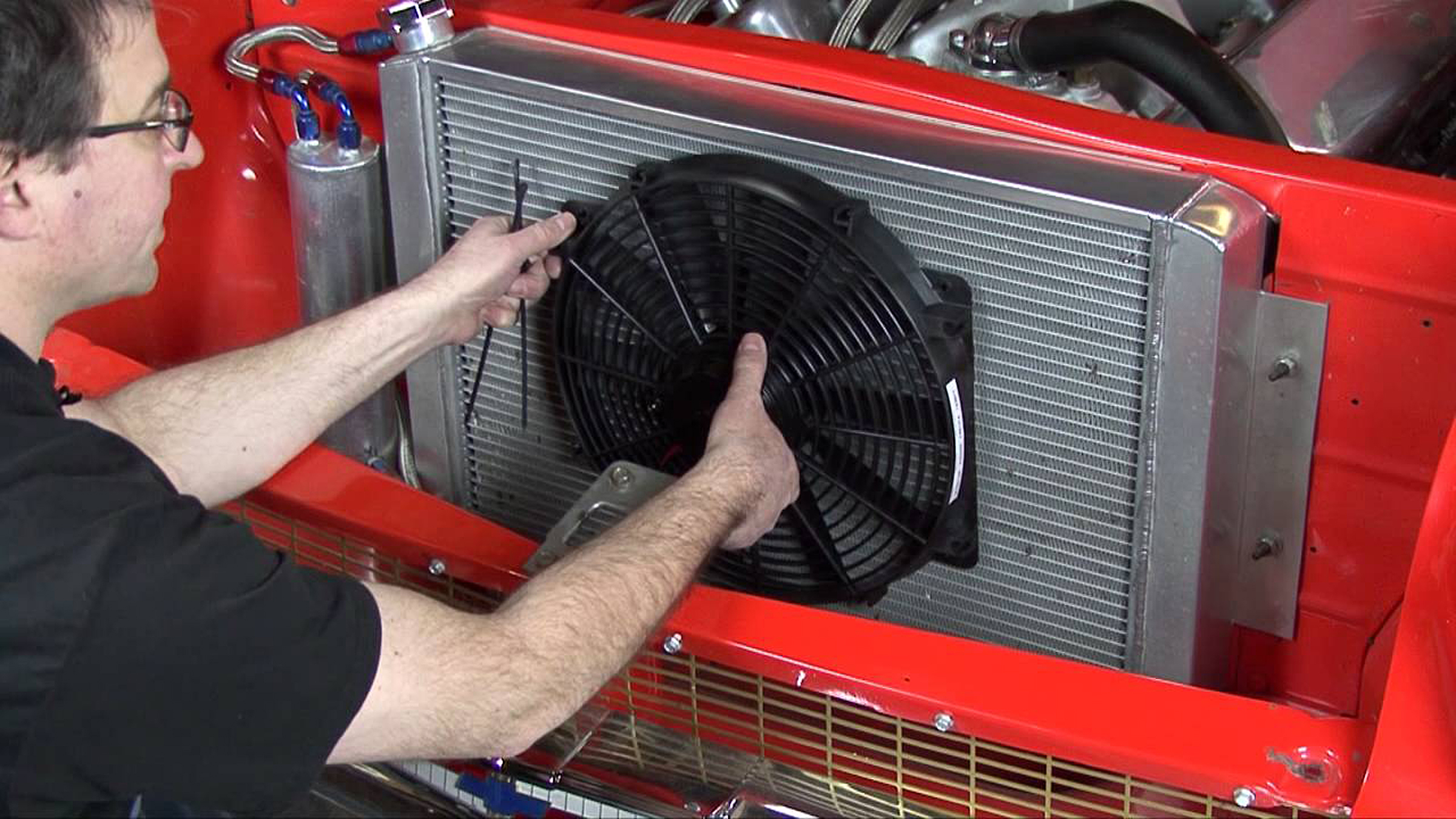
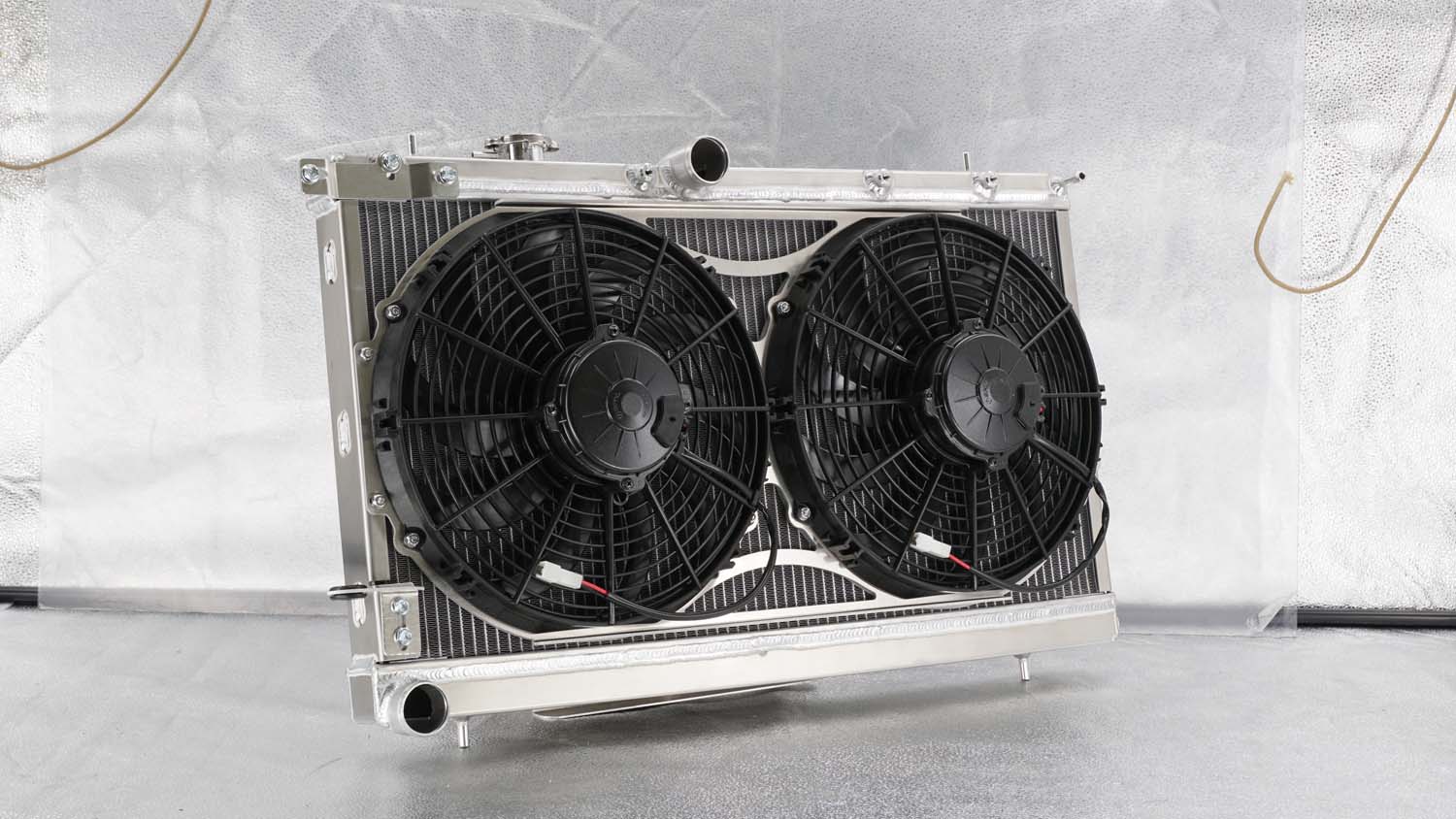
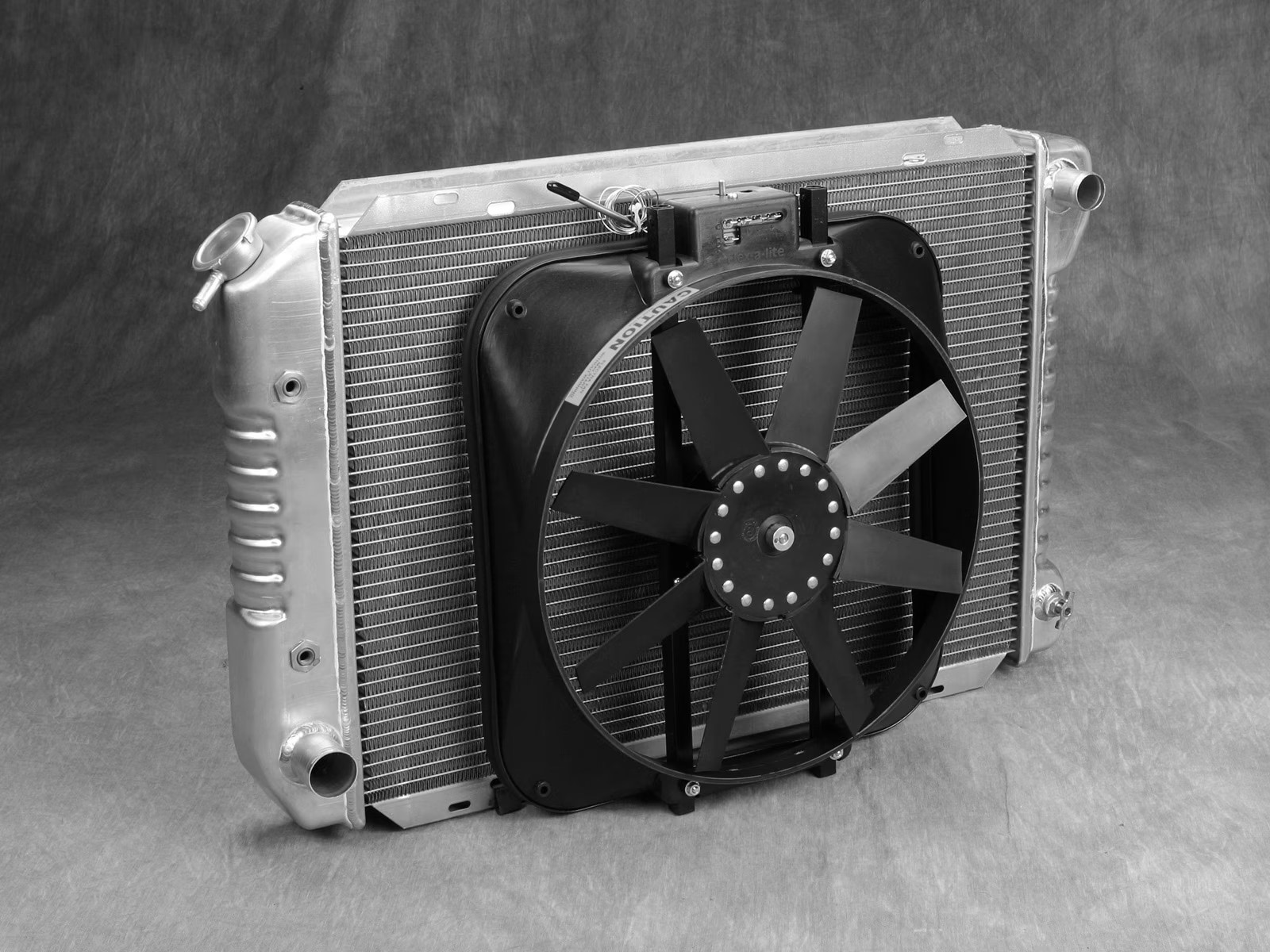
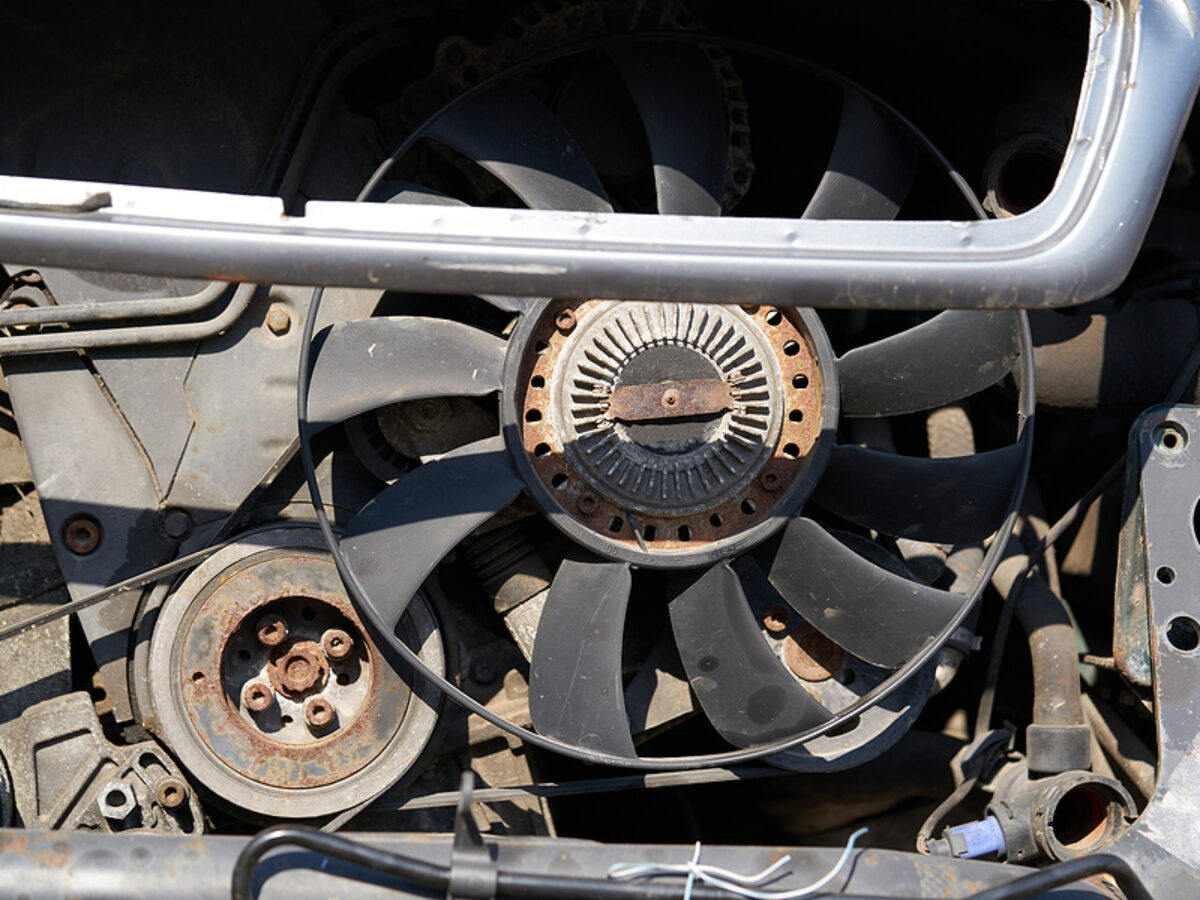
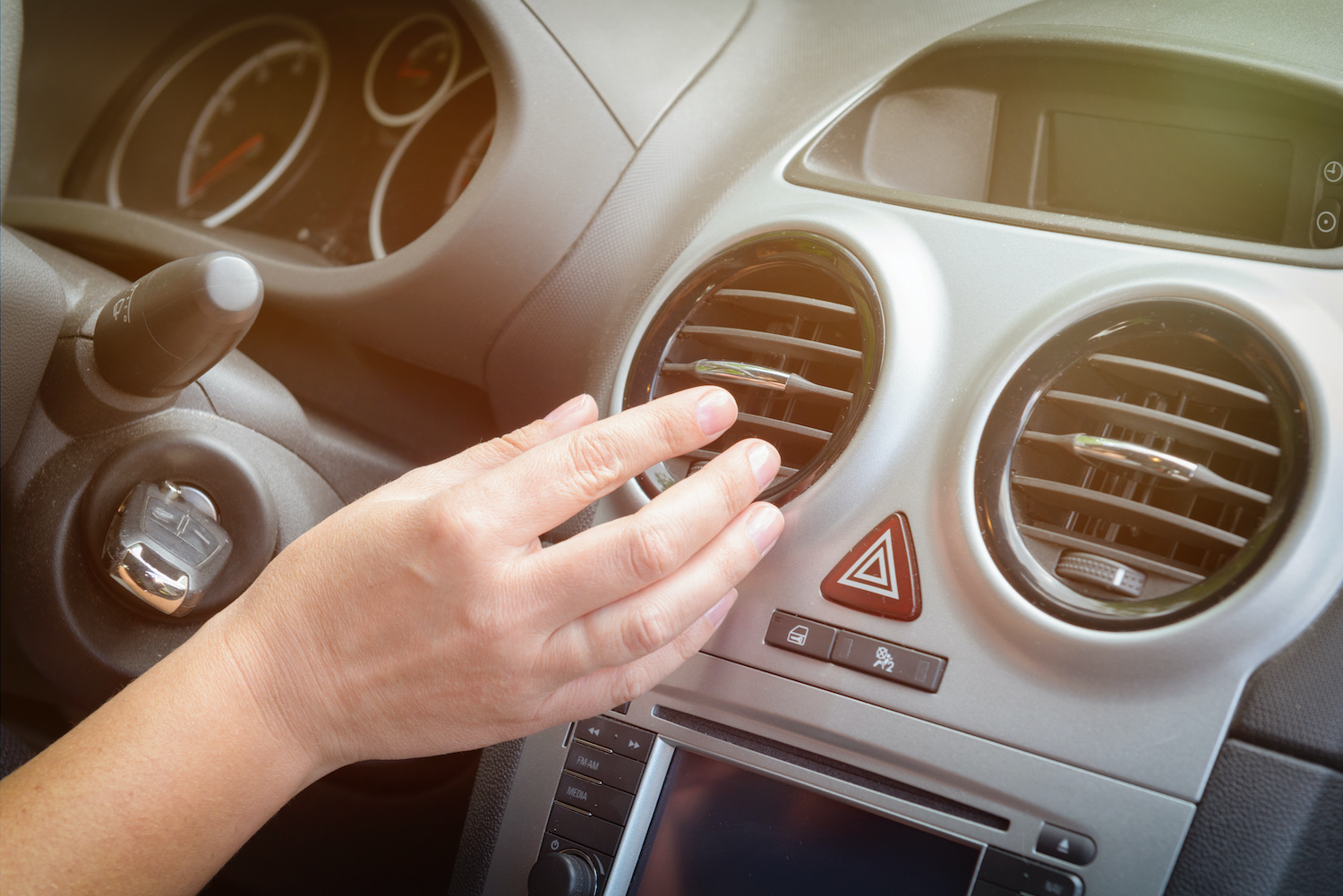
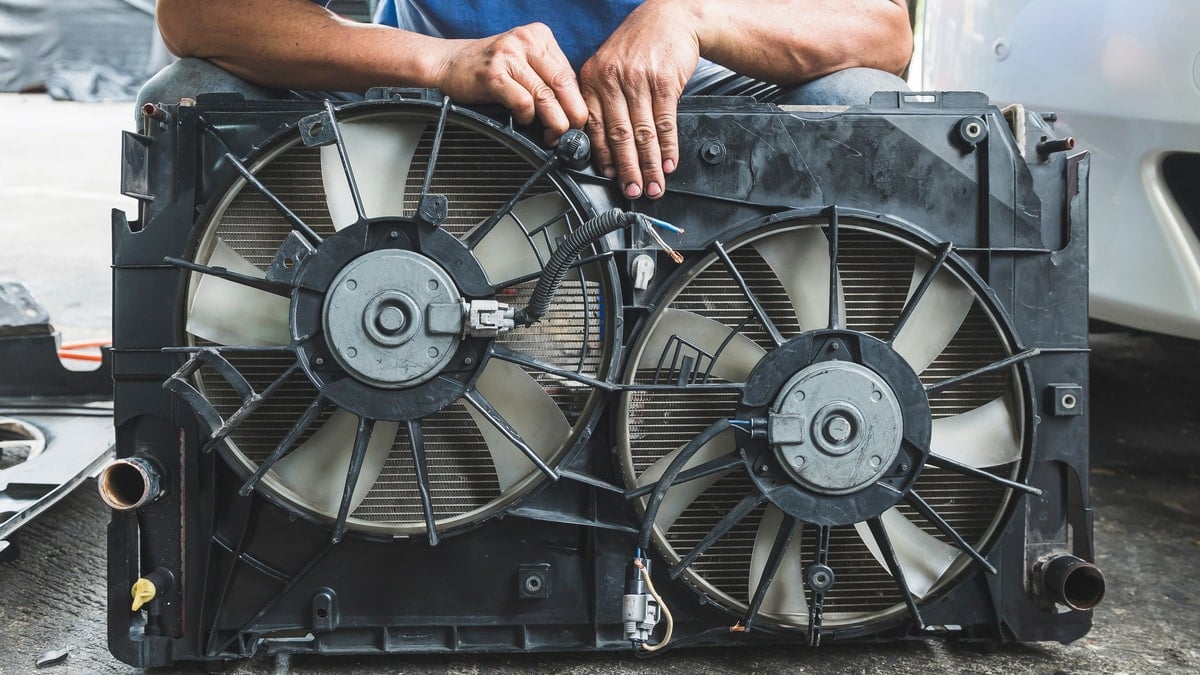
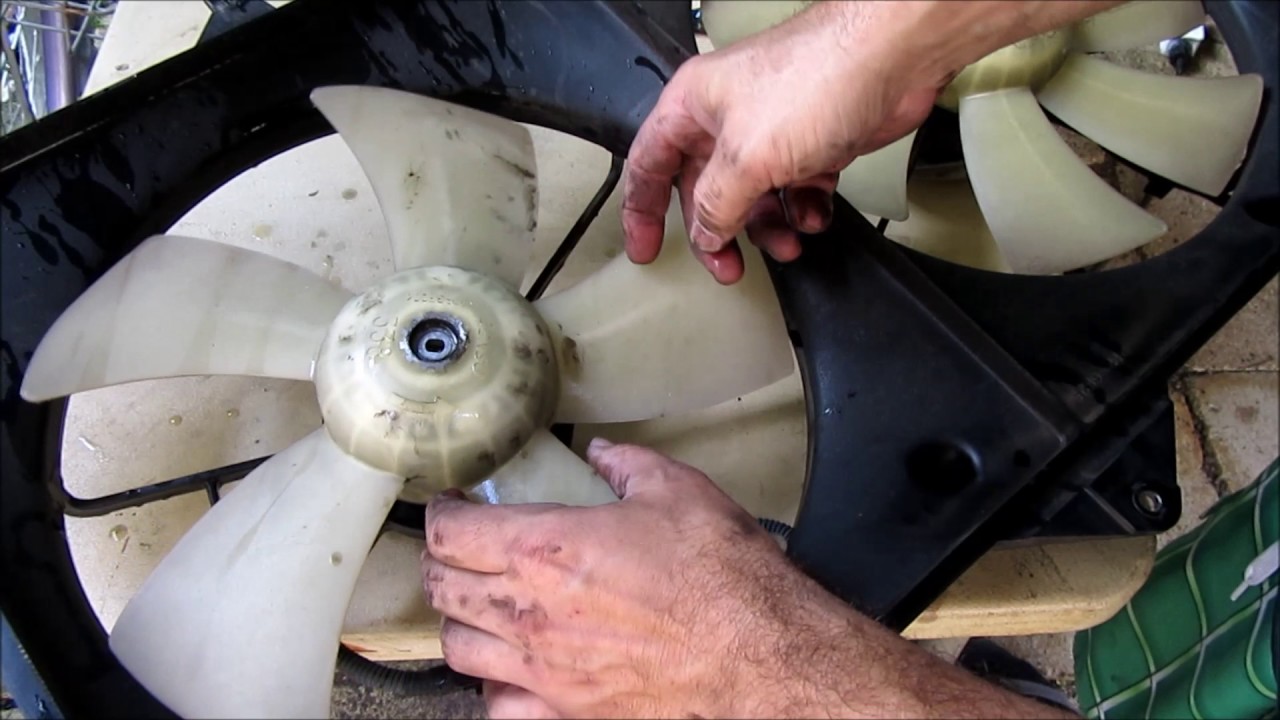
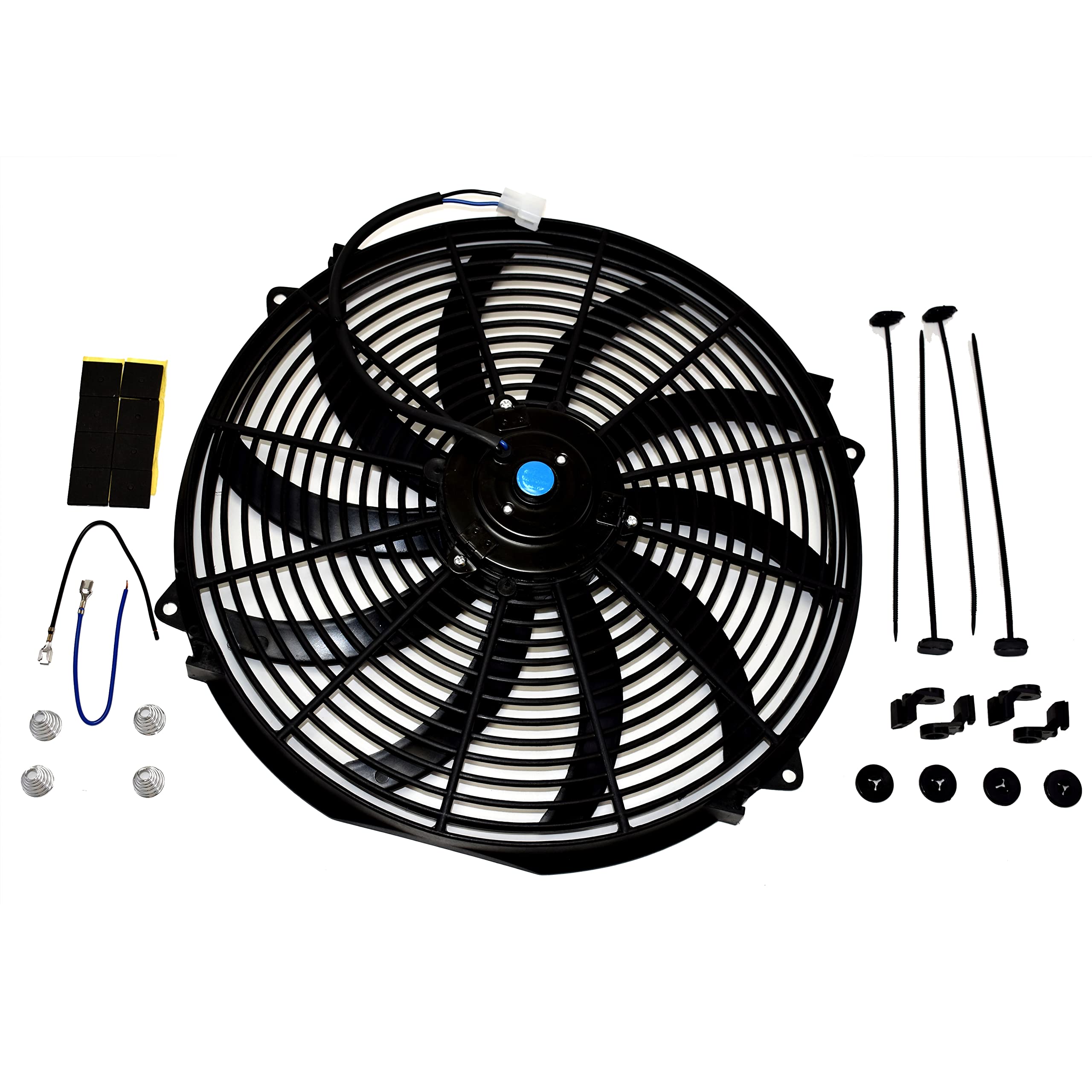
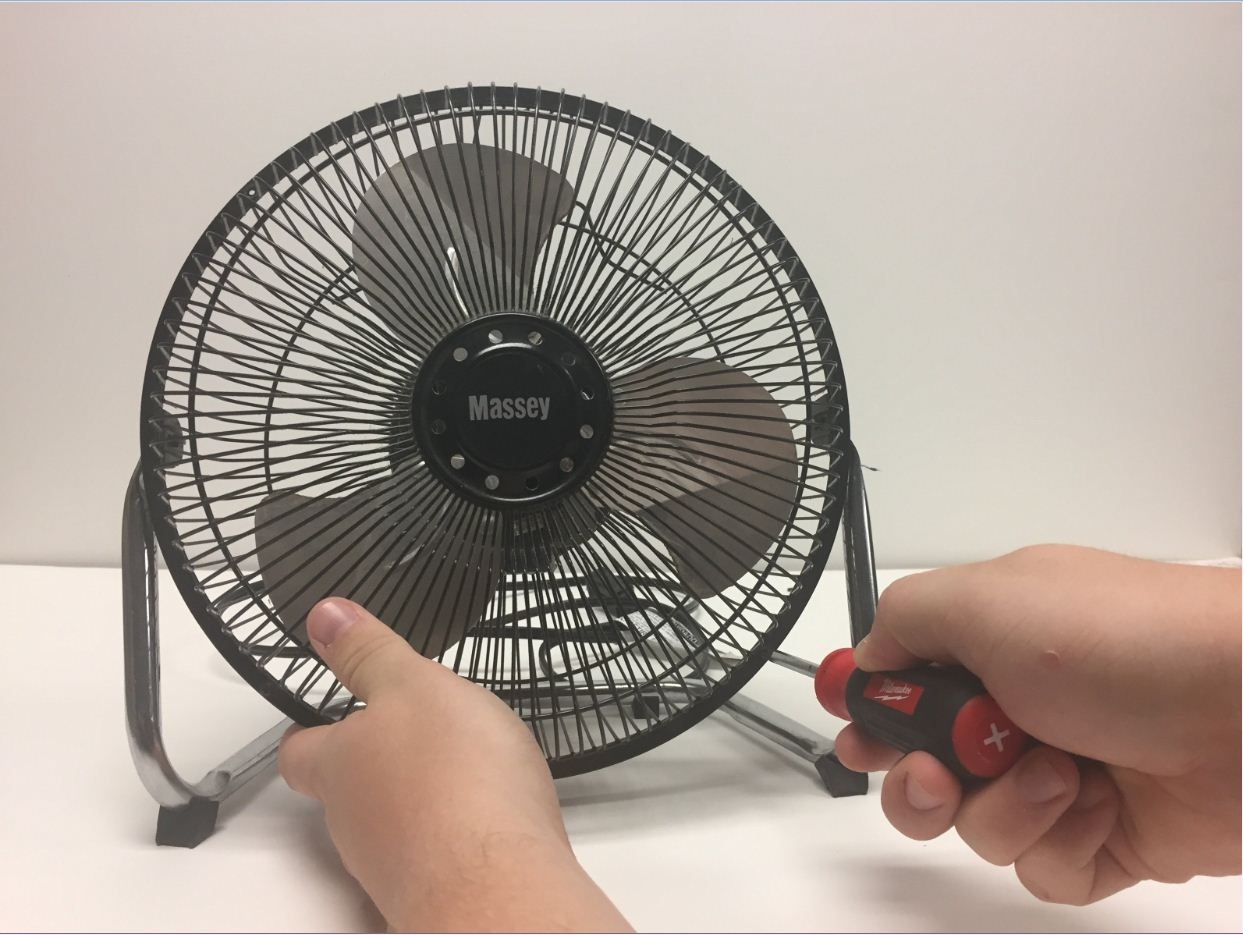

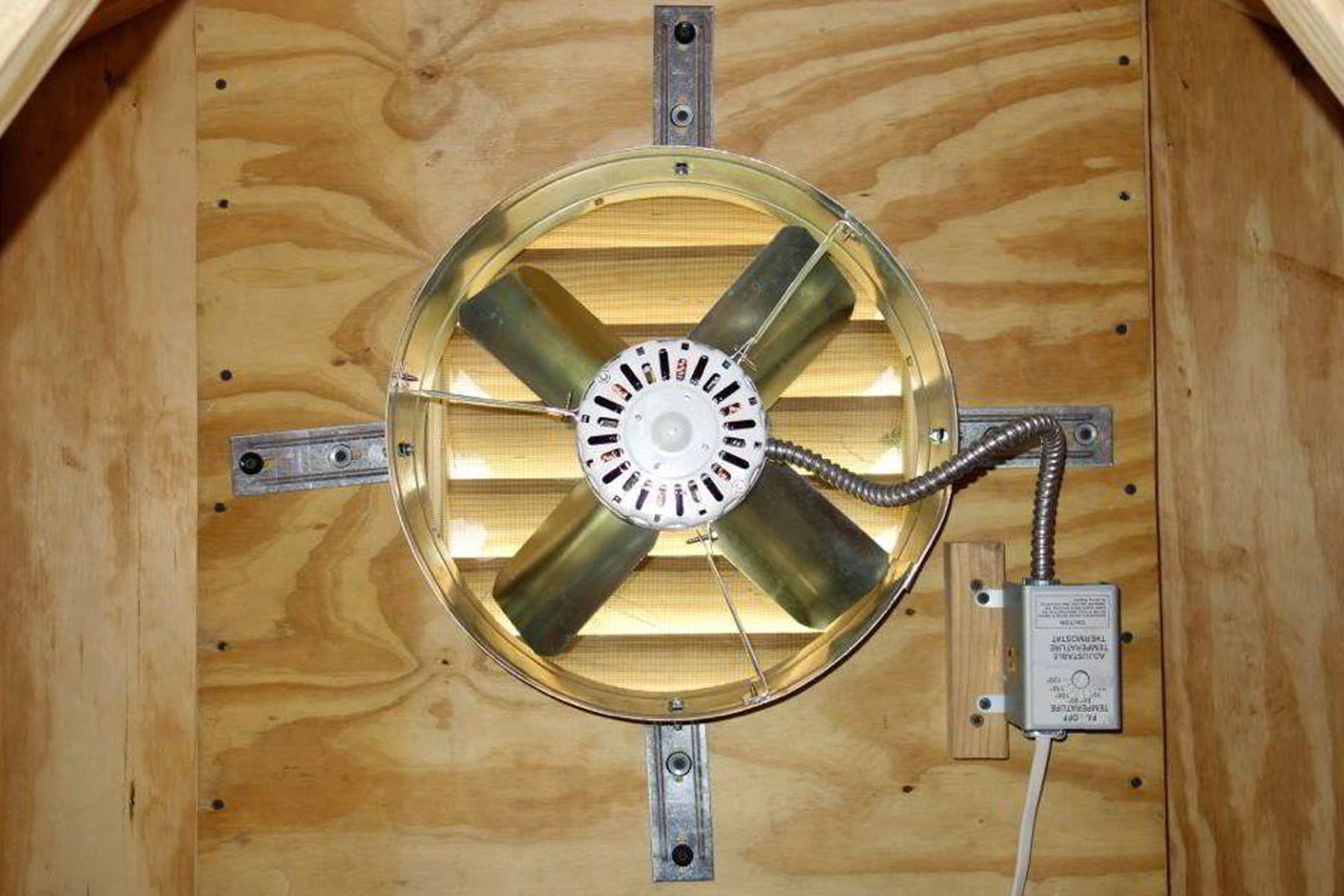

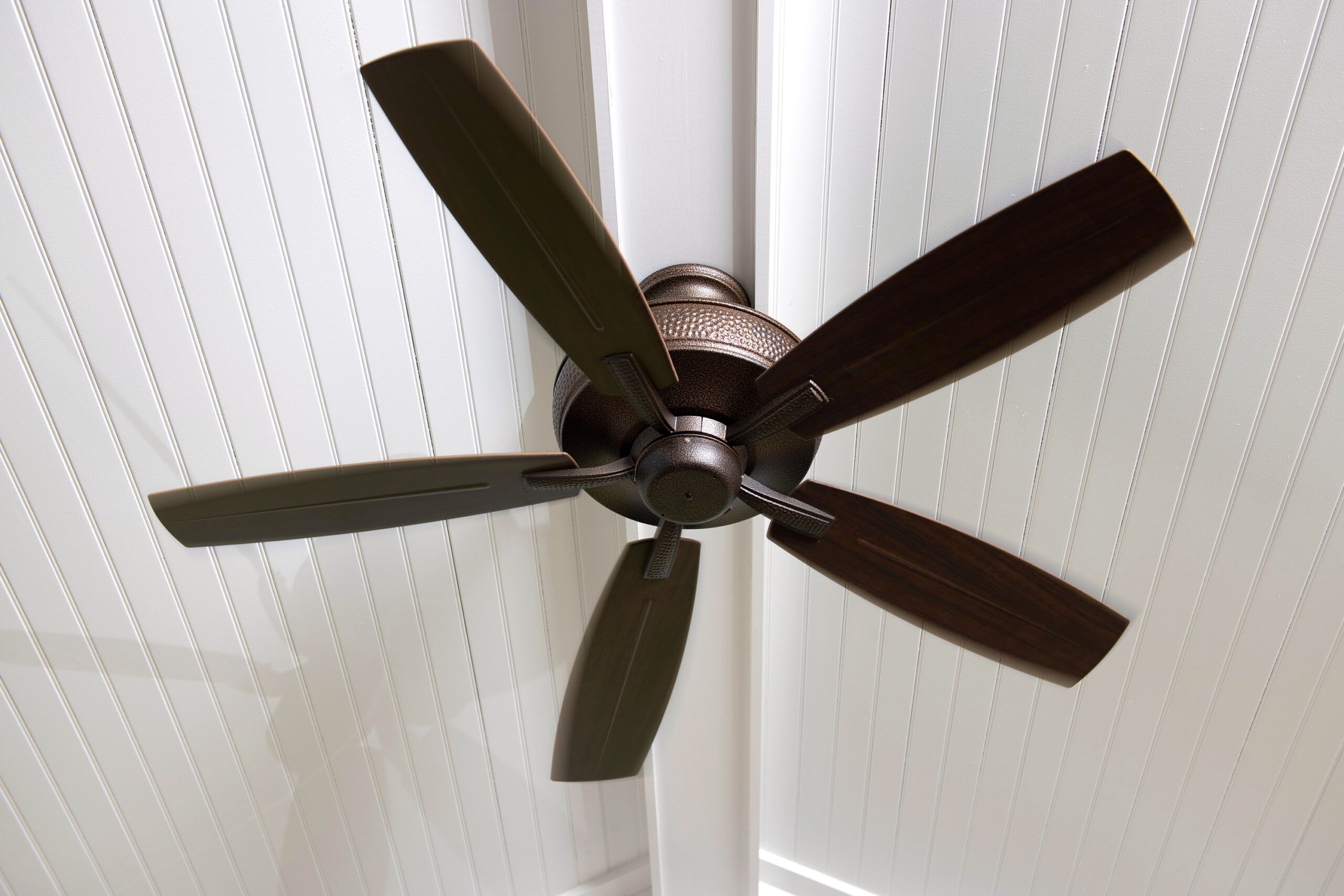

0 thoughts on “How To Fix A Radiator Fan”